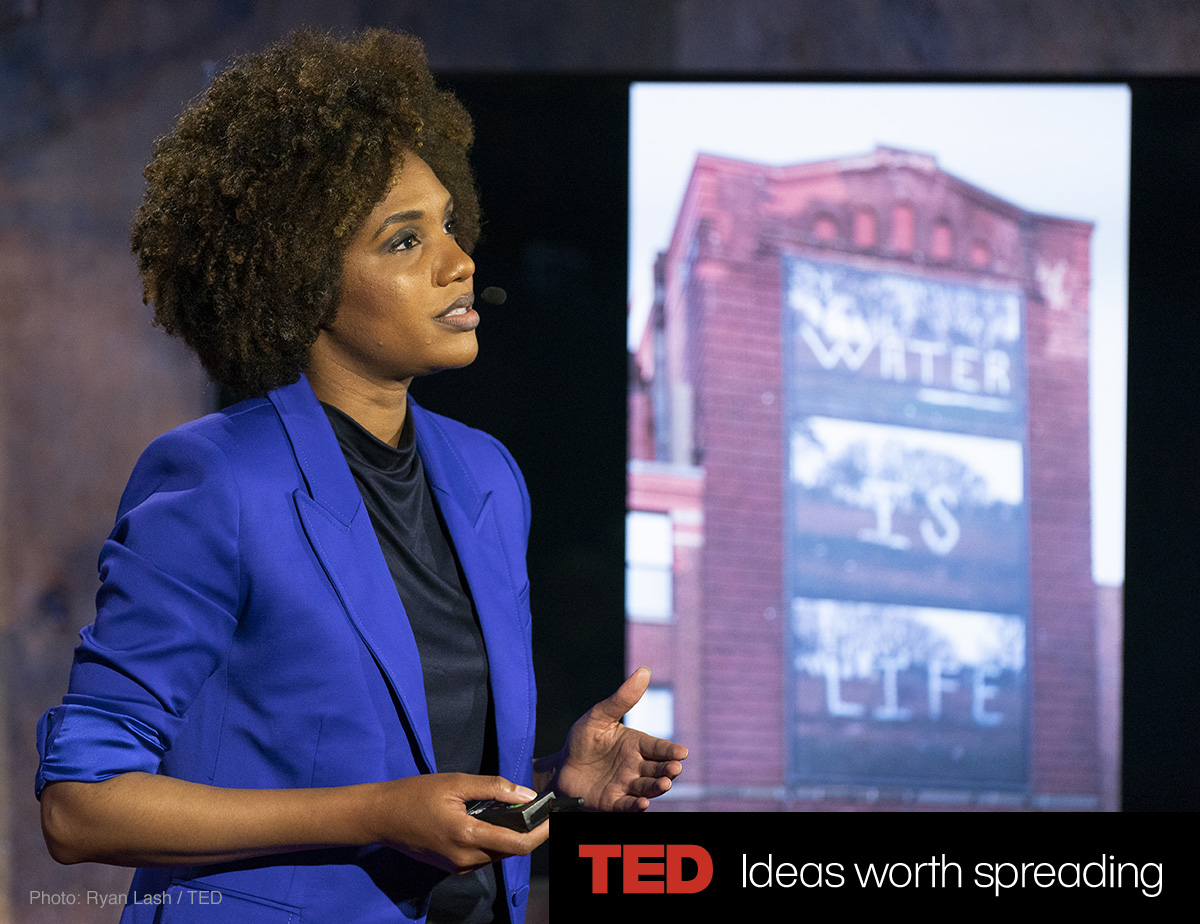‘No One Was Going to Pay Attention’
ARTnews
by Claire Voon
As GM Auto Workers Strike in Ohio, LaToya Ruby Frazier Debuts Photos of Union Laborers in Chicago

Last November, workers at a General Motors plant in Lordstown, Ohio, received some fateful news: the automotive company’s chief executive, Mary Barra, had decided to “unallocate” the 53-year-old factory in town, in addition to four others in North America. Through the decision—and the use of vague language—GM would essentially close the plants while avoiding a breach of contract with United Auto Workers, a union that represents 49,000 GM employees. Production of the Lordstown factory’s sole product, the Chevrolet Cruze, was supposed to continue through 2021, but the last one was rolled out in March. Since then, the plant has been inactive, and 1,500 workers have had their lives upended.
The national media has fixated on the Lordstown factory’s shutdown in relation to Donald Trump’s response to it and the ways it could impact the political leanings of Rust Belt voters in the 2020 Presidential election. But one artist is determined to tell a different story—that of the largely unreported narrative of individual lives put on hold by a decision that left so many alone and out of work.
On a frigid afternoon last March, LaToya Ruby Frazier was taking photographs some 1,500 feet in the air above the Lordstown General Motors complex. Strapped into a helicopter, she carefully trained her heavy 600-millimeter lens on her mark below: a white Chevrolet Cruze surrounded by workers from the Auto Warehousing Company waving signs. The largest of the signs, dense with signatures, read in bold letters, “THE LAST CRUZE.”
“When I saw the news, I was moved because I understood the calamity that this was going to create,” Frazier told ARTnews months later. “I knew they were going to reduce these workers to statistics based on shares and stocks, and no one was going to pay attention to their livelihood.”
It was a calamity she had been tracking in real time. Shortly after the news about the factory was first announced, Frazier reached out to the New York Times to ask if she could partner with its newsroom to cover the developing story. Two months later, she sat outside a Lordstown union hall, waiting while members of UAW Local 1112 voted to allow her in, with her camera in tow. The decision in her favor was unanimous.
Courtesy of: ARTnews

